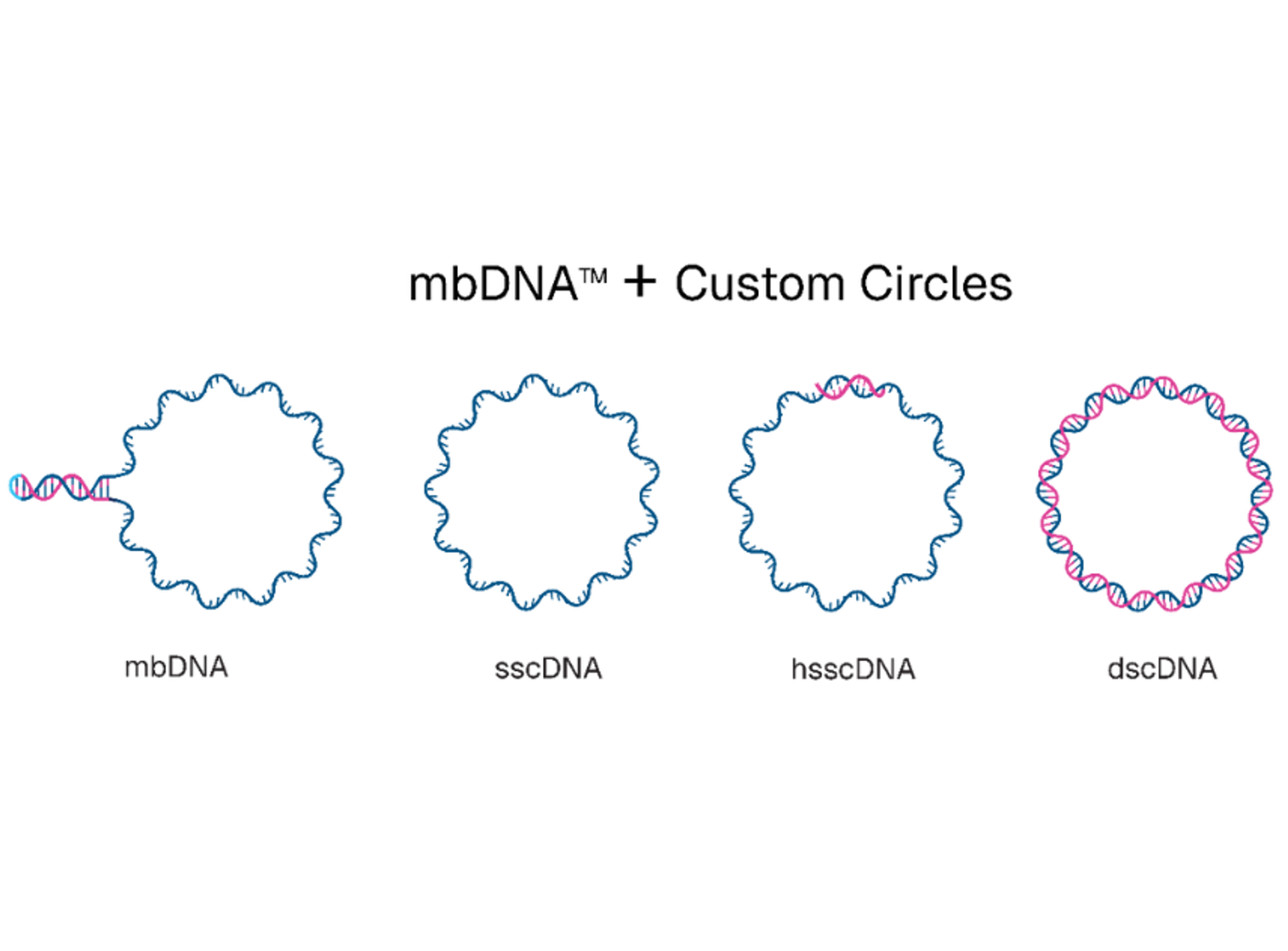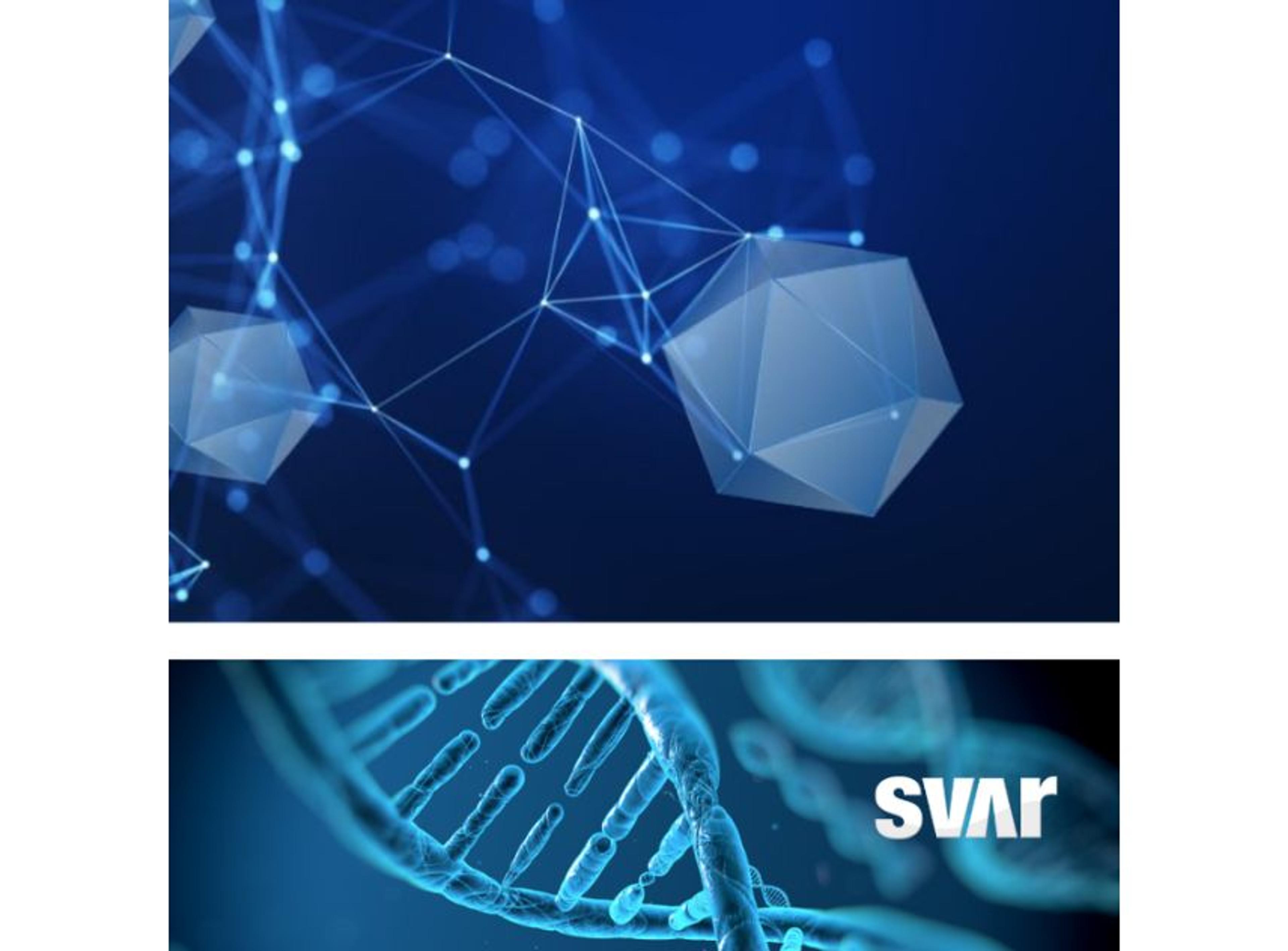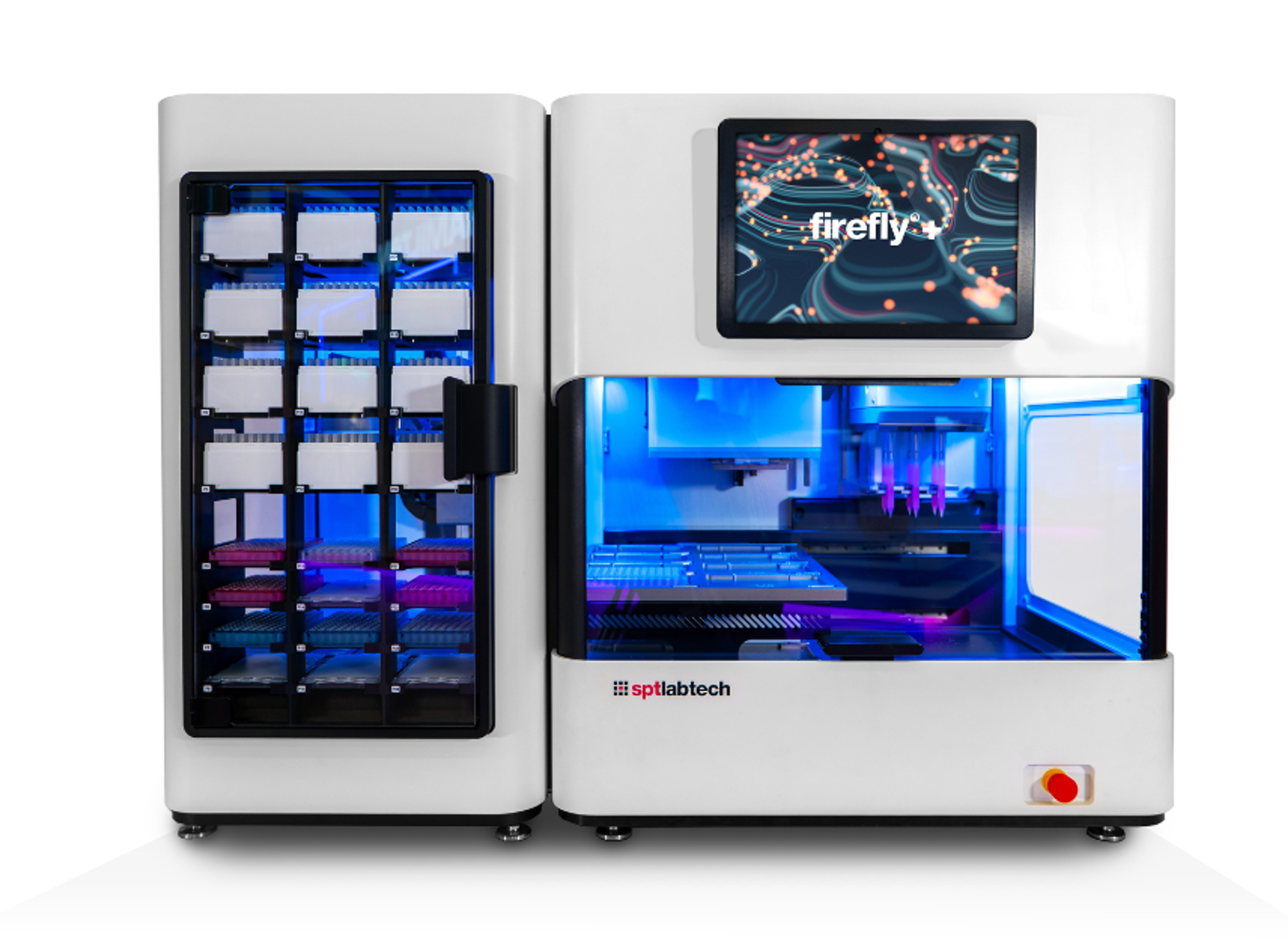
Breakthroughs and challenges in gene therapy
Gene therapy aims to treat diseases by replacing, inactivating, or introducing genes into patients through a vector — either inside the body (in vivo) or outside of the body (ex vivo). Vectors typically used include nonintegrating viruses such as adeno-associated viruses (AAVs), integrating viruses such as lentiviruses, and non-viral vectors such as lipid nanoparticles (LNPs).
Some therapies are considered both cell and gene therapies. These therapies work by altering genes in specific types of cells and inserting them into the body. Therapies are being developed to target areas such as various types of cancer, and autoimmune and rare diseases.
This gene therapy feature shares the latest news and tech developments in cell therapy, RNA therapeutics, and cell line development.
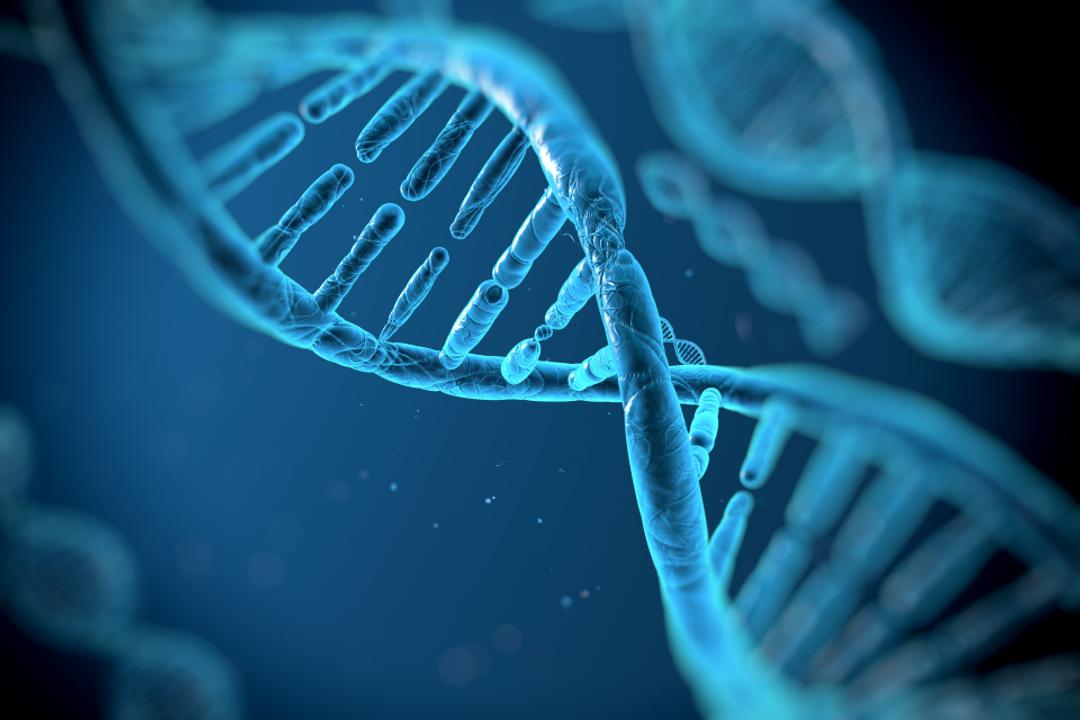
VectorBuilder’s Alan Griffith explains the value of MoA-reflective potency assays for gene therapy development and the benefits of working with assay specialists like Svar Life Science.
Read article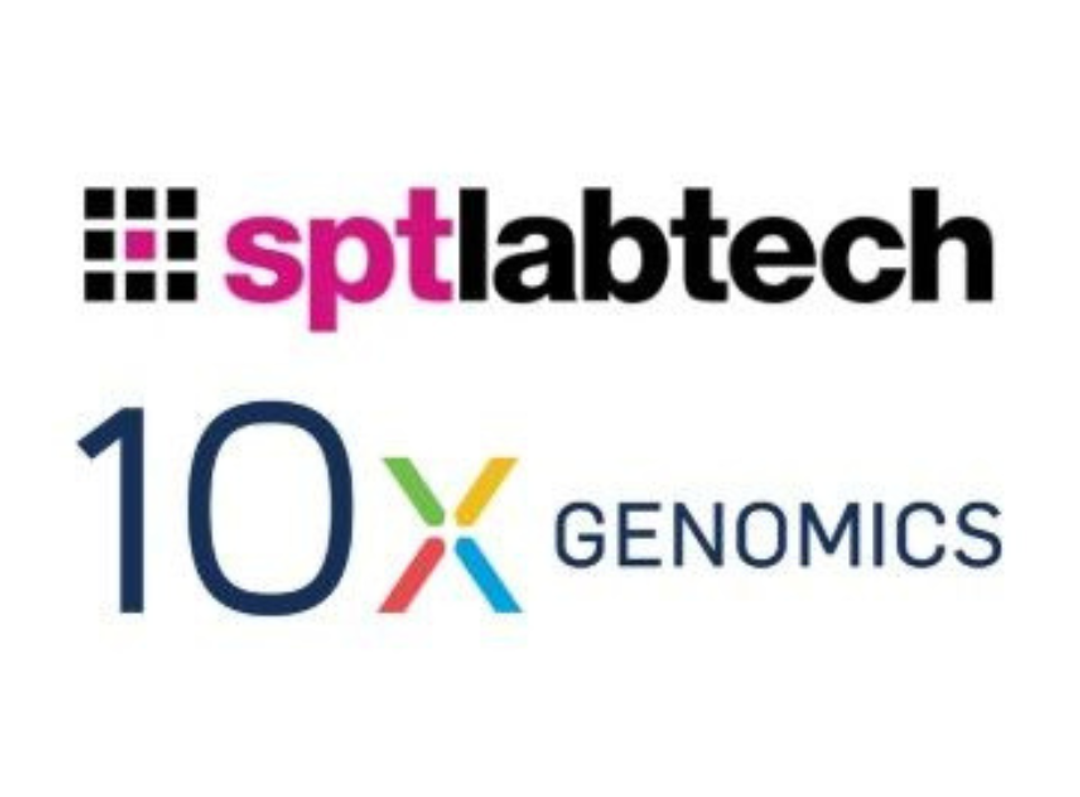
Partnership to enable automated workflows for 10x Genomics’ Chromium Single Cell Platform on SPT Labtech’s firefly liquid handling platform.
Read article
Explore why testing for pre-existing AAV antibodies is essential for successful gene therapy outcomes, and how Gyros Protein Technologies is helping to address this need.
Read article
See how Bio-Rad’s Vericheck ddPCR Kit offers accuracy and ease to ensure AAV vector quality and safety for improved gene therapy outcomes.
Read article



